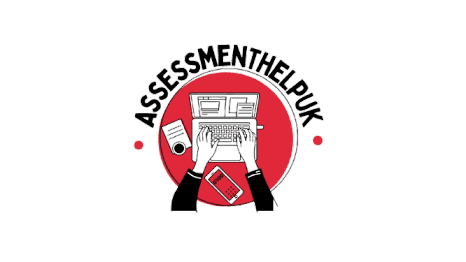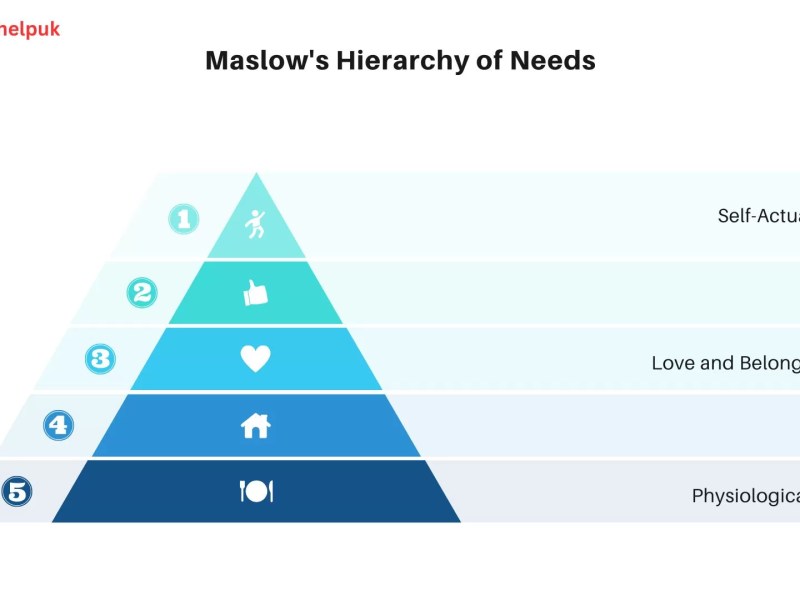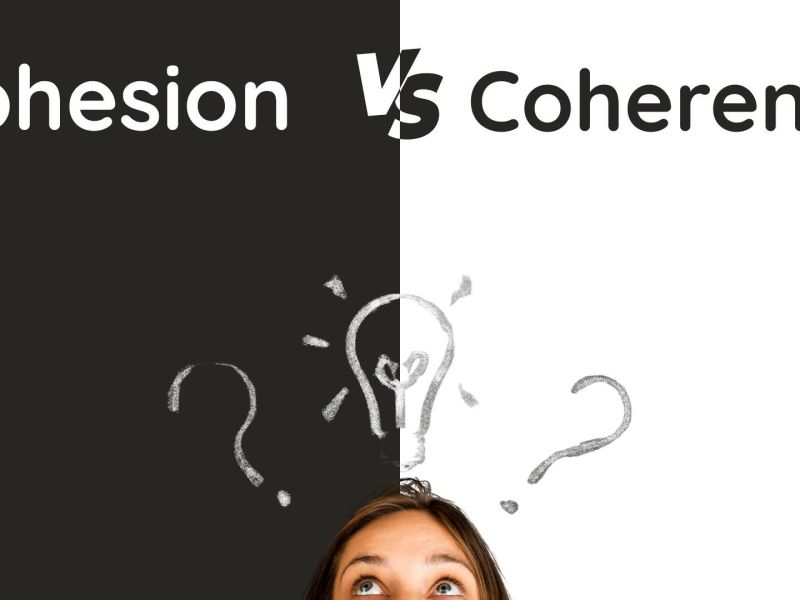One way or another, every teacher has wondered how to measure learning in a real way. Grades and final reports might be telling some part of the story only, whereas the process of learning is a lot more dynamic. Assessments shouldn’t be only about recording results; rather, they should be about understanding the process, identifying the gaps, and helping students to reach mastery.
These two types of assessments, formative and summative, are quite different from each other. One is focusing on learning that is still in progress, while the other summarises the learning after it has been
Yet both of them carry a uniqueness and serve a distinctive purpose in shaping the academic outcome. However, educators do find themselves wondering which one drives and delivers better results, and when each should be used.
The Purpose of Assessment
It’s good to know the basics right before starting on this topic; assessment lies at the heart of an effective education. It does more than achieving; it informs teaching, motivates students, and even takes accountability. Let it be through brief feedback moments or an end-of-term exam, assessment gives more insight into how well learning goals are successfully accomplished and where improvement is much needed.
The Ongoing Debate
It won’t be wrong to say that this ongoing debate has sparked among a few in classrooms, universities, and policy discussions. Does it make assessment more valuable than any final examination? Well, some argue that the constant feedback often leads to deeper learning, while others believe that its structured, end-stage evaluation ensures that there’s constant fairness and consistency. To answer all of this, it’s worth noting what formative and summative assessments truly represent.
Understanding Formative Assessment
Learning in Motion
A formative assessment is the continuous process of checking learning while it takes place, instead of waiting till the end of a unit, it allows teachers to collect real, but small insights into students’ knowledge, which is impactful on the other side. These might come through with the help of quick quizzes, short reflections, feedback, or class discussions, moments that help identify gaps and provide guidance for immediate improvement.
The Value of Feedback
Its greatest strength is in the feedback, students receive a clear, actionable assistance rather than a final marking, helping them to understand how to improve. As for teachers, it’s an active tool to modify and adjust lessons, pace, or even methods right before any misconceptions start arising. This responsiveness keeps the learning culture in motion and purposeful.
Building Confidence and Engagement
Talking about building confidence and engagement, formative assessment plays a vital role in judgment, regular feedback helps students to identify progress, reduce anxiety, and allows them to take ownership of their learning. In UK classrooms, this assistance supports inclusivity by addressing different learning styles and abilities. Formative assessment, at its best, turns the classroom into a space of constant dialogue, where most of the assessment isn’t just the end of learning, but the very means through which learning is enabled.
How Summative Assessment Works
Measuring Learning at the Finish Line
Summative assessment evaluates what students have learned after a period of instruction. It typically takes place at the very end of an academic year, taking the best of how well learning objectives are met constantly. This could be through final exams, coursework, standardised tests, or major projects. Where a formative assessment guides the journey, summative assessment is all about measuring distinction, providing a snippet of achievement at a fixed point in time.
Purpose and Importance
The real part of a summative assessment is in its ability to provide clear evidence of attainment; it helps schools, parents, and education authorities to know how students are performing against expected standards. Rubrics and grading offer an easy comparison and accountability, which is important for academic progression, college entry, or an evaluation for an academic year. As for teachers, these results can put a spotlight on broader patterns, showing the overall approach or having a content delivery that is quite effective.
Challenges and Considerations
Despite having its effectiveness, summative assessment has certain limitations, because it focuses on the end results, leaving very little room for improvement or reflection once results are issued. High-stakes exams also create anxiety, encouraging short-term memorisation over a genuine understanding. Students who are underperforming can find their abilities underrepresented, while others excel without having a sound concept.
Balancing Objectivity with Fairness
When made thoughtfully, summative assessment also balances rigour with fairness. Fostering exams with projects, portfolios, or even oral presentations helps to show a wider range of skills. In UK education, recent changes have increasingly shown this balance, making sure that assessment captures knowledge and its practical implementation. Used alongside the formative methods, summative assessment validates learning, which confirms what students have obtained so far and what’s ahead of them.
Formative vs Summative: Two Paths, One Purpose
Formative and summative assessments are usually seen as the contrasting approaches, yet both of them aim to assess the learning outcomes; their differences are in the timing and in the intent.
Formative assessment reveals the learning process, providing insights that guide teaching and student understanding.
Summative assessment is there at the end, a final evaluation that determines how effectively learning goals have been achieved. One that is diagnostic and adaptive, while the other is totally conclusive and comparative.
To put this in easy comparison, formative assessment focuses more on growth and immediate feedback, while the summative assessment is all about validating those achievements at a fixed point in time. Both of them have their respective place; when viewed together, they make a more complete picture of progress, one that records the journey as much as the final destination.
Feedback versus Finality
Feedback
It is quite easy to separate the two through their practical features:
- Time: Formative is during learning; summative is after learning.
- Goal: Formative helps to find the weaknesses; summative measures mastery.
- Structure: Formative is casual and adaptable; summative is formal and standardised.
- Feedback: Formative feedback is immediate and ongoing; summative feedback is final and evaluative.
- : Formative is used to make teaching decisions; summative is used for reporting and
accountability.
Both of them have their own answer with a questionnaire form: “How are students learning?” versus “What have they gained?”
Bridging the Divide
Such
The main point, in the end, is not to figure out which method is better, but rather to see how both can exist together. When employed in conjunction, formative assessment is the one that maintains the development of learning, whereas summative assessment is the one that provides it with clarity. It is this equilibrium – between support and evaluation – that stands for real
The most effective classrooms combine both approaches rather than choosing one. A blended model ensures fairness, continuity, and credibility. For instance:
- A teacher might use weekly mini-quizzes (formative) to identify weak areas, then design a final project (summative) that reflects improved understanding.
- Coursework portfolios may include ongoing teacher comments, followed by a final grade, merging reflection with evaluation.
- Digital assessment platforms now enable continuous tracking, linking formative progress with summative performance data.
Which is Better, and When?
Context Matters
One question that stays consistent is which assessment method is “better,” and does not have a standard size to go with. It won’t be wrong to say that each one of them serves a unique purpose and becomes highly effective when used in the right context. Formative assessment is quite impactful when learning is ongoing, helping students to correct mistakes, strengthen understanding, and even stay motivated. Summative assessment is essential when results need to be verified, compared, or used for any formal decisions, such as progression or certifications.
Where Each Shines
Formative assessment is highly effective for classroom-based learning, skill development, and subjects that require creativity, discussion, or problem-solving. It encourages an active involvement, which makes students feel invested in their learning. Summative assessment works well when measuring mastery, ensuring fairness, and assisting with standardised benchmarks across groups or institutions.
Combining Approaches
The most effective strategy is having a mix of the best of both worlds. Early and mid-term feedback can address all the gaps before the final evaluation. End-of-unit exams or projects confirm that progress has been made. Hybrid models, like the coursework that’s paired with ongoing feedback, merge the core benefits of a formative and summative assessment, giving students guidance and recognition.
A Balanced Perspective
Finally,
Other informative guide:
Student Performance Evaluation
FAQs
Can formative assessments be graded?
Formative assessments can be graded, but only minimally. Such tests are primarily intended to provide feedback and facilitate the learning process rather than to be counted for in the final grade.
Do summative assessments always require written exams?
No, not necessarily. Summative assessments may be a combination of the work, presentations, demonstration of the skills, or portfolios, depending on the subject and the learning outcomes.
In what ways can technology be a help to both assessment types?
Internet-based tools can be a continuous record of a learner’s achievement, which also allows instant feedback for a formative assessment, and at the same time, be a platform for a large-scale, efficient summative evaluation.
Are formative assessments appropriate for older students as well?
Formative assessments are certainly appropriate for older students as well. They also support that group of learners by providing them with the tools for reflection, self-assessment, and targeted development, i.e., not only younger students.
Can summative assessments demonstrate the skills of creativity or collaboration?
Indeed, a broad range of non-traditional summative tasks, such as group projects, presentations, or portfolios, can be effectively utilized to assess skills beyond those of rote learning.
Is it possible to make assessments more inclusive?
Absolutely, through the use of various formats, provision of flexible timing, and giving clear criteria, both formative and summative assessments can address different learning styles and the needs of



